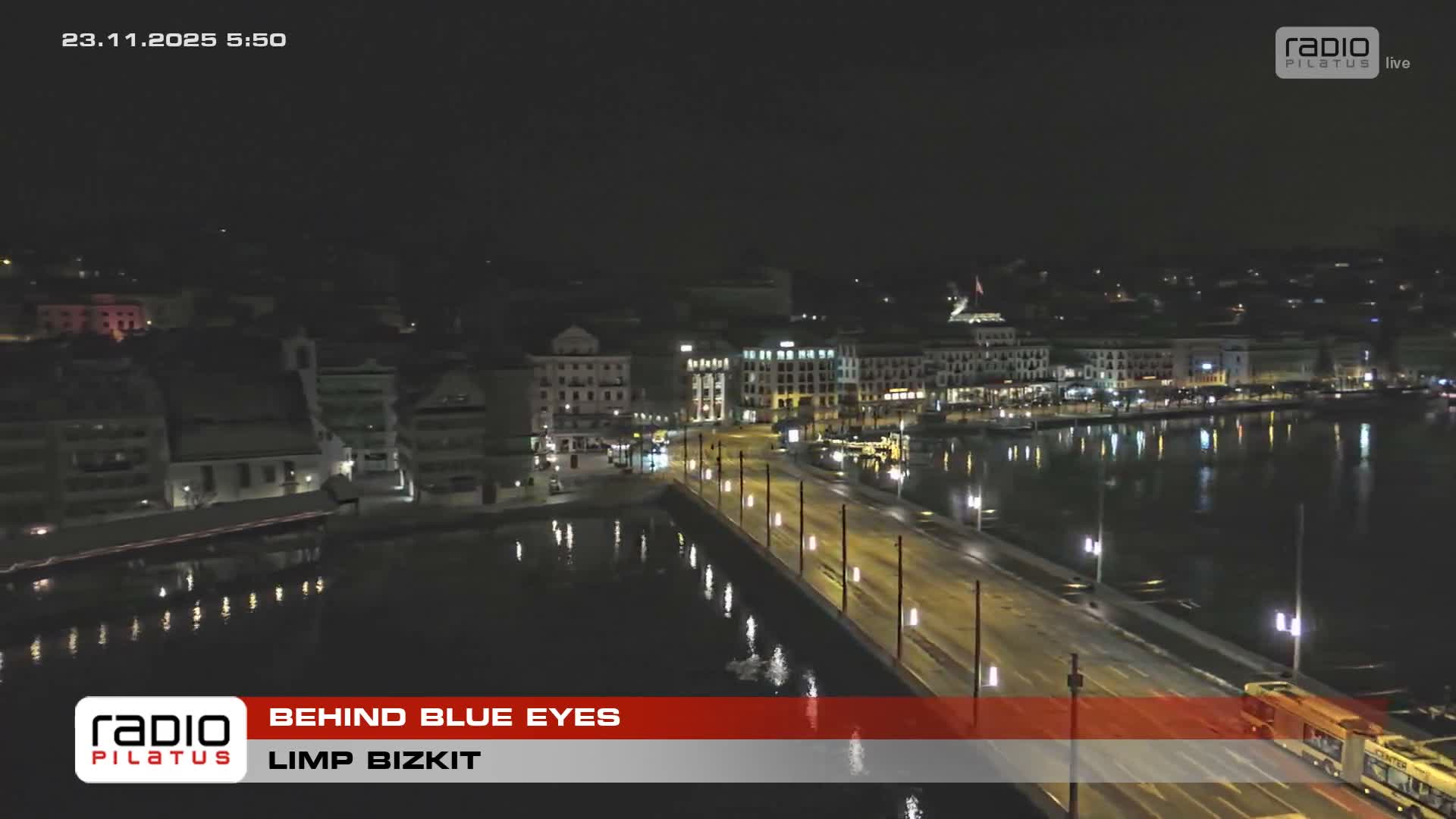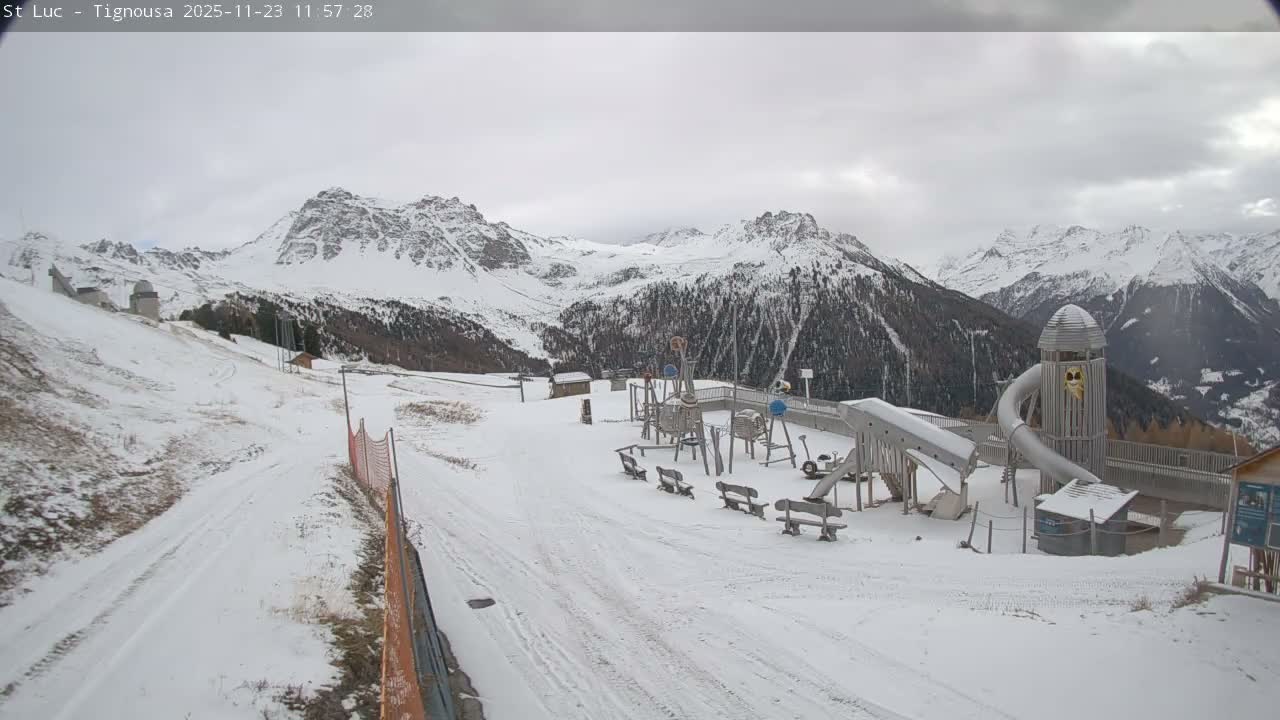Swiss Police Pursue Gold Coin Thieves After Bold Lausanne Museum Heist; Louvre Robbery Parallels Noted
 Switzerland
Crime
Switzerland
Crime

Swiss police hunt two men who stole dozens of archaeologically valuable gold coins from a Lausanne museum. The thieves overpowered a guard after waiting for clo
Swiss Police Hunt Thieves After Bold Gold Coin Heist at Lausanne Museum
Lausanne, Switzerland — Swiss law enforcement is actively pursuing two individuals responsible for a bold gold coin heist at an ancient Rome-themed museum in Lausanne. This audacious robbery, which saw dozens of archaeologically significant gold coins vanish, has drawn stark comparisons to a recent, high-profile jewelry theft at the Louvre Museum in Paris.
The Daring Plan Unfolds
The incident unfolded on Thursday evening, shortly before the museum's closing time. According to Lausanne city police, the two suspects had reportedly purchased entry tickets earlier in the day, blending in with regular visitors. They patiently waited until the majority of patrons had departed, leaving fewer witnesses.
Overpowering the Guard and Seizing Treasures
With the museum nearing closure, the duo made their decisive move. They confronted and overpowered the 64-year-old security guard on duty. Following the incapacitation of the guard, the thieves proceeded to smash a secured display case, making off with numerous gold coins that had been showcased within. Fortunately, the guard managed to activate the museum's panic alarm, prompting a rapid response from law enforcement officials.
Archaeological Value Over Monetary Worth
While the exact monetary value of the stolen artifacts has not yet been disclosed by authorities, police emphasized their "archaeological value," underscoring their historical and cultural significance over mere material worth. An ongoing inventory is currently being conducted to ascertain the precise quantity of items pilfered and to identify any other missing exhibits.
Echoes of the Louvre Robbery
This meticulously planned theft echoes the pattern of the recent Louvre Museum incident, where a jewelry set was stolen from the prestigious Parisian institution last month. Swiss police continue their intensive search for the two suspects, urging anyone with information to come forward. The incident has raised pertinent questions about security protocols in museums housing invaluable historical artifacts across Europe.



